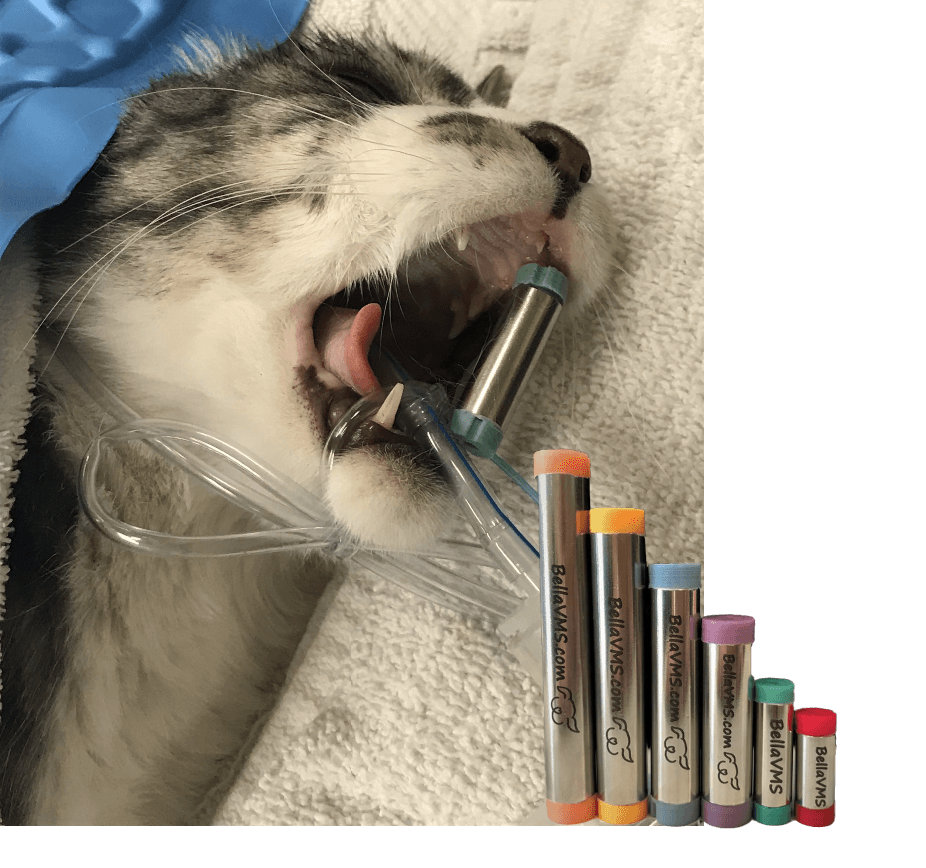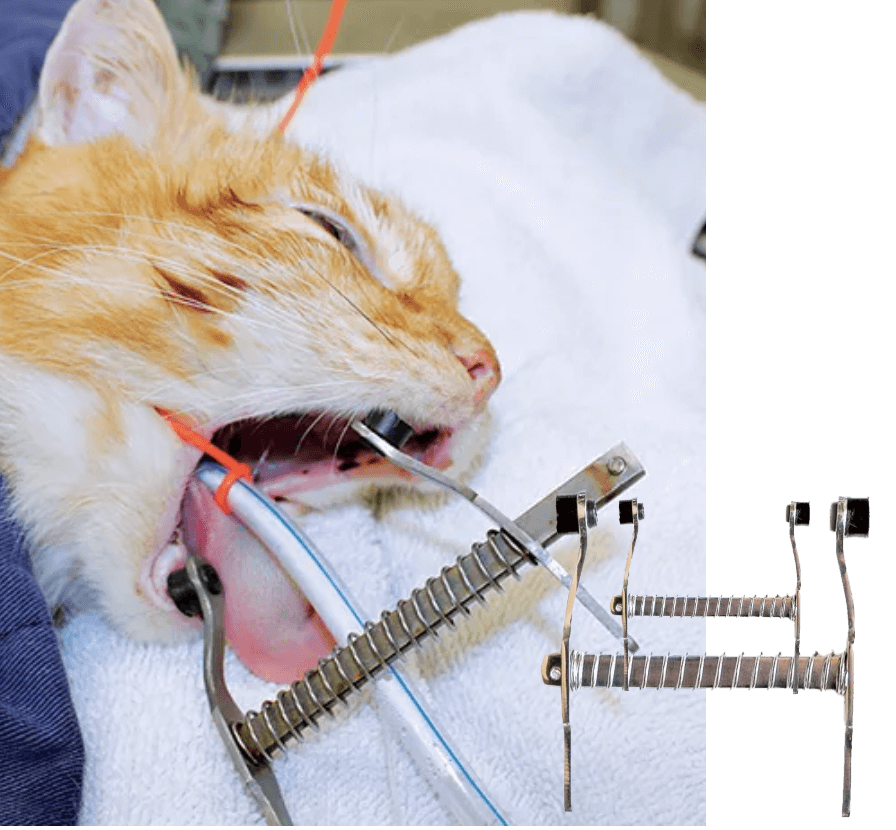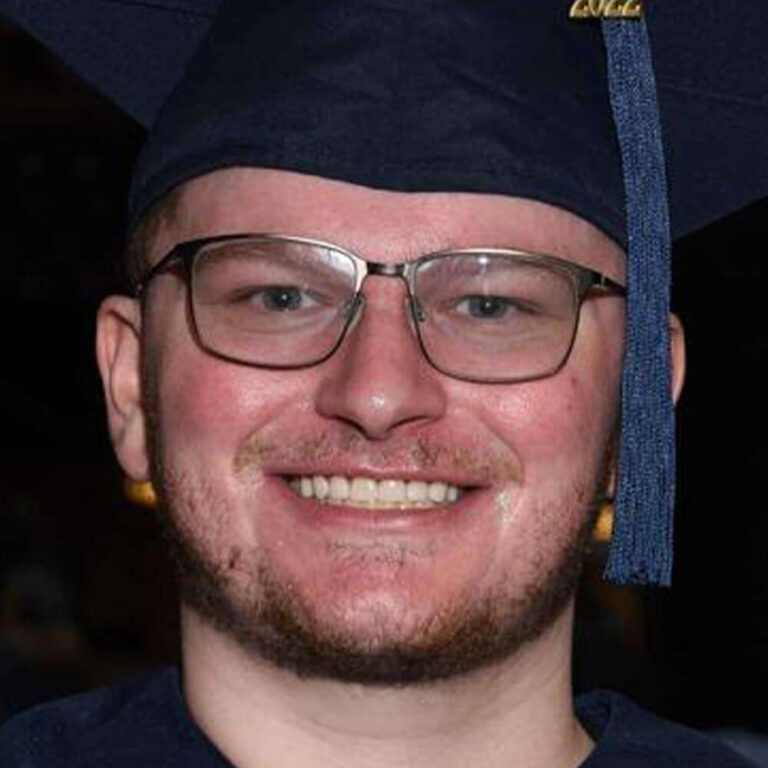BOAS Buddy
With the increasing number of brachycephalic dogs at risk of BOAS, the BOAS Buddy will aid veterinary board-certified surgeons to better perform BOAS surgery with more precision and lead to a lower error rate
Introduction
With nearly 20,000 brachycephalic dogs in the United States alone, brachycephalic obstructive airway syndrome (BOAS) affects roughly half of this population and requires surgical intervention.
The growing issue has highlighted a void in veterinary surgical equipment specialized for this unique operation that our team intends to fill. If left untreated, BOAS commonly results in stomach ulcers, asphyxiation, and even death. This is primarily due to the development of breathing complications onset by brachycephalic dogs being artificially bred to have a small cranial anatomy compared to the oversized tissue yield in their airways.
The Problem
BOAS is affecting 50% of the brachycephalic dog population and there are no devices on the market to better assist surgeons to perform this precise surgery
Currently, veterinary surgeons are forced to DIY their own surgical setup for BOAS operations. One setup that our team has witnessed was the use of two IV drip stands weighed down with sandbags and bridged by medical tape at the UC Davis Veterinary Hospital – Small Animal Clinic. This type of setup has stability issues which result in excessive lateral head movement during the surgical procedure.
This movement can be problematic when the surgeon is removing soft tissue located deep within the oral cavity, near the esophagus.
Therefore, to aid the surgeons’ efforts and improve the quality and safety of care, there is a need for a novel device that improves the administration of intraoral surgery on dogs affected by BOAS.
The Solution
Creating the BOAS Buddy does better aid board certified surgeons to better perform the BOAS surgery
Our team has developed a novel device that optimizes BOAS surgery by overcoming many of the challenges faced by surgeons performing these types of procedures, all while still being able to function for a wide range of brachycephalic dogs be it as small as a pug or big as a bulldog, our device will continue to function well.
Our device improves patient head stability, facilitates easy transportation between operations, and includes two adjustable attachments: an endoscopic camera-holding arm and a tongue depressor. The device can also be temporarily affixed to various styles of operating tables for further support.
The BOAS surgical frame, called the BOAS Buddy, is primarily made of 6061 aluminum which makes the device lightweight, portable, modifiable, and costs under $500 to manufacture.



The head support system is constructed with a cam cleat and rope pairing which provides a sturdy and easy-to-operate method for stabilizing the patient’s head during surgery and offers the surgeon unobstructed access to the patient.
The endoscopic camera arm eliminates the need for other larger and more expensive endoscopic equipment while the tongue depressor attachment eliminates the need for an additional veterinarian technician who would have to hold this surgical tool in place throughout the procedure.
Overall, the BOAS Buddy decreases operation prep time, increases veterinary staff availability, improves endoscopic equipment and tongue depression compliance, and enhances the precision and efficiency of BOAS surgery.
Competitive Advantage

An existing competitor is The Bella Smart Veterinary Mouth Gag. This device slightly obscures visualization and access to the back of the throat and does not support the head. These issues are alleviated with the use of BOAS Buddy as it suspends the patient's head from the canines, enhancing visualization and access to the back of the patient’s throat. This mouth gag also has a limited lifespan of autoclavability and once exceeded, a new set must be purchased. The BOAS Buddy is easily sterilized (frame, rope, heat shrink) or replaced (rope, heat shrink).

A secondary competitor is spring-loaded mouth gags. These mouth gags generate a constant force that has been reported to cause blindness on rare occasions. The BOAS Buddy mitigates such complications by suspending the patient's head via rope behind the maxillary canines, keeping the patient's mouth safely ajar.
Business Model
With the number of AKC-registered brachycephalic dogs increasing by 50% year-over-year within the US, BOAS is becoming a more prominent issue for veterinary surgeons.
Demand for our device has already been demonstrated through numerous customer interviews with UC Davis School of Veterinary Medicine – Small Animal Clinic, who have tested and used the BOAS Buddy in the operating room.
The go-to-market strategy for our team prioritizes refining the prototype through multiple iterations and then developing a pricing model where the device can be manufactured at scale and sold to veterinary surgeons around the country.
Currently, one BOAS Buddy prototype takes $440 to manufacture, but taking into account mass production these material costs are expected to fall by over $100.

Meet the Team

Orli Algranatti
Team Manager

Gabby Tirsell
Business & Financial Manager

Jeaziel Clark
Manufacturer Engineer

Zachary R. Hicks
Manufacturer Engineer

Josh Siegel
Manufacturer Engineer

Christopher Heying
Quality & Control Engineer

Andrew Heying
Quality & Control Engineer

Pablo Ramirez
Quality & Control Engineer
